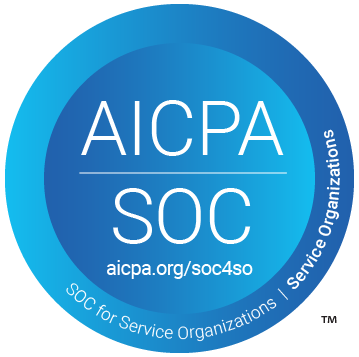Take the Guesswork Out of Payroll Cycles

From Fragmented to Functional: Rethinking Payroll Accuracy
Spreadsheets are prone to errors—and the more you cross-reference, the more you risk creating a tangled web of disconnected systems and missing data that can seriously affect your bottom line. For restaurant managers, payroll cycles are complex. Keeping track of all the reports that feed into employee payouts is no small task. In fact, the IRS reports that 33% of employers make payroll errors annually, often due to inaccuracies in reporting.
From tip tracking to timekeeping, managers are forced to compare data across multiple platforms and systems just to ensure payroll accuracy. It’s a manual, error-prone process that not only eats up valuable time but leaves your operation vulnerable to costly mistakes, compliance issues, and employee distrust. One wrong calculation can lead to underpaid staff, overpaid wages, or even legal headaches.
In this post, we’ll break down the key reports involved in a payroll cycle, and show you how switching to an automated system can save time, reduce errors, and improve payroll accuracy.
Key Reports in Payroll Cycles
A payroll cycle varies depending on the company—some run weekly payouts, others bi-weekly or monthly. These staggered dates, combined with varying employee work histories, can make compiling this data prone to errors and wasteful of your time.
The process of calculating employees’ tips and gratuities often involves cross-referencing multiple disconnected reports, which increases the risk of mistakes and slows down operations. Some of these reports include:
1. Employee Time and Attendance:
Time and attendance platforms track the number of hours worked by individual employees. These systems can drill into clock-in times as well as break information. This data is vital for payroll reporting, as it serves as the primary scheduling and compensation tool for many establishments. However, when pulled separately and manually aligned with other data sources, it introduces inefficiencies and leaves room for human error.
2. Tip & Gratuity Allocation Reports
Tip and gratuity calculations must account for both cash and credit tips left on a customer’s bill. Certain establishments tip employees based on the tables they personally waited on, while others pool tips and divide them evenly. These reports can be difficult to compile manually, especially with tips coming from various payment methods. That fragmentation makes it challenging to be precise, and without automation, even small errors can impact employee trust and financial accuracy.
3. Event Details
Event details can vary significantly in a hotel or restaurant setting, and there are complex rules tied to each outlet or event. Employee roles or types can differ, such as bartenders, barbacks, servers, cocktail servers, etc., and these can vary both from outlet or restaurant to event. This can mean cross-referencing across multiple events to ensure rules are applied correctly.
For example, one event might have only a bartender, barback, and server, where bartenders and servers receive 50% of tips and are required to tip the barback 10% of that. Another event might require five servers, a bartender, and a barback, where servers tip the bartender based on liquor sales, and everyone tips the barback.
Different events require adhoc rules to ensure employees are compensated properly for their effort. However, this can lead to convoluted reports that leave room for errors.
mean convoluted reports that can leave room for errors.
4. Check Details
The check amount and the associated event are important metrics that need to be tracked and aligned accurately. These reports inform management about the pay type of tips and gratuities and how these earned wages should be distributed. Additionally, the check amount can provide insights into the appropriate tip amount. For example, service charges for a group of 5-7 should be 15%, while for a group of 8 or more, the service charge should always be 20%.
Streamlining Payroll Data Management
Fragmented reporting doesn’t just make the data harder to understand, but it actively hinders decision-making processes and operational efficiency. For payroll and food & beverage managers, the process of verifying tip distributions within a payroll cycle can often require cross-referencing up to five different reports. A manual approach like this is not only inefficient and time-consuming but can lead to errors that impact both revenue and employee trust.
An automated employee payroll dashboard allows you to take control of your data silos and start finding harmony within your data. With everything in one place, your team can manage payroll cycles more efficiently, more accurately, and with greater confidence.
Optimizing Payroll with Evention
Evention’s new Tips+Gratuities distribution summary page brings all your payroll data together in one place. Easily sort, search, and filter through checks, events, distributions, and employee information—so you can quickly access the reports you need and validate payroll with confidence.
Seamlessly integrating with POS systems, time and attendance platforms, and more, this employee payroll dashboard makes your data more accessible, actionable, and centralized than ever before.
Don’t let outdated processes slow you down or put your operation at risk. Book a demo and connect with one of our experts to see how the Tips+Gratuities distribution summary page can simplify your workflow.



